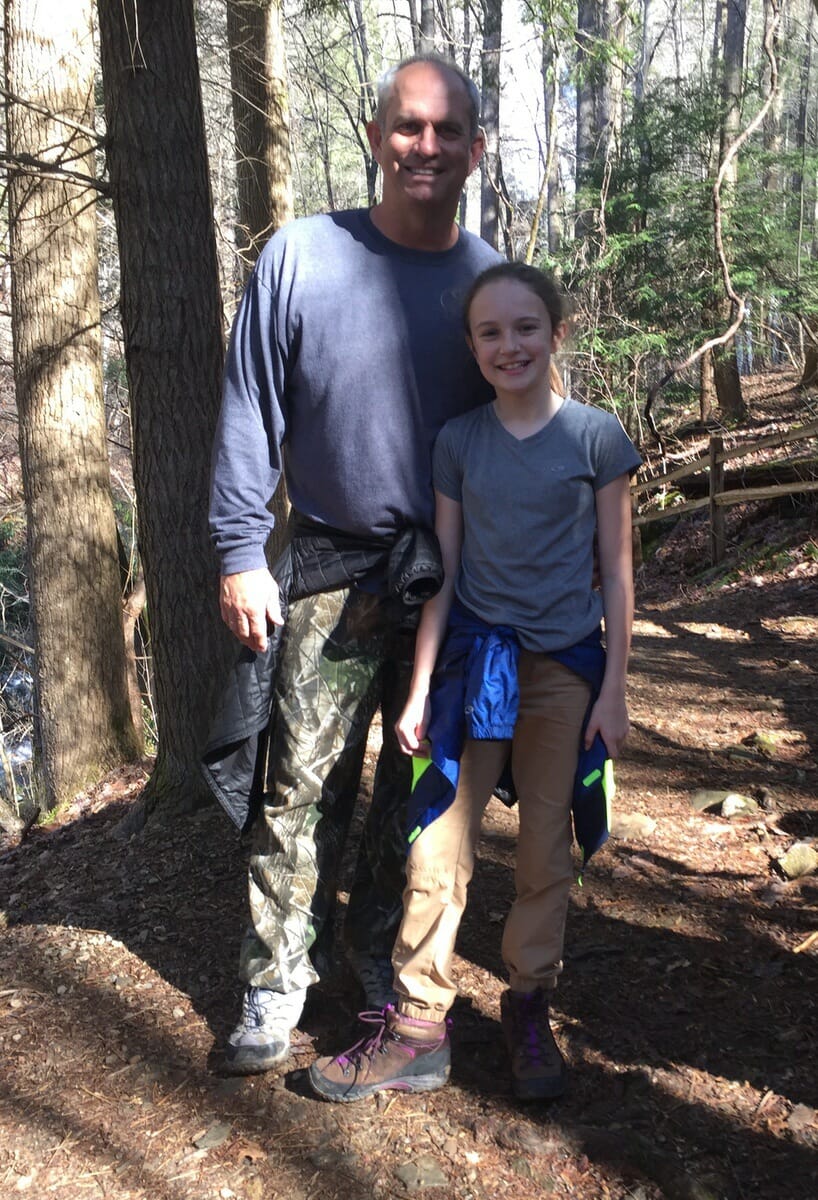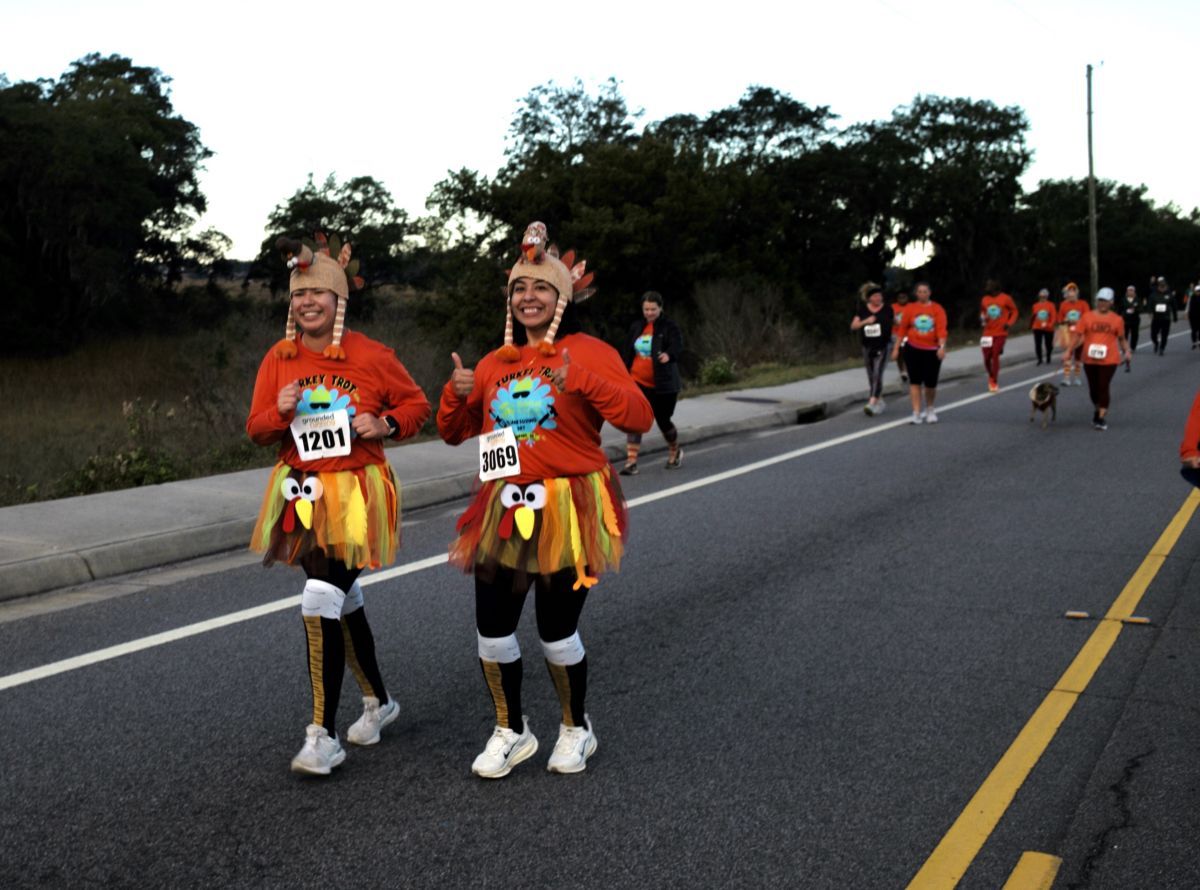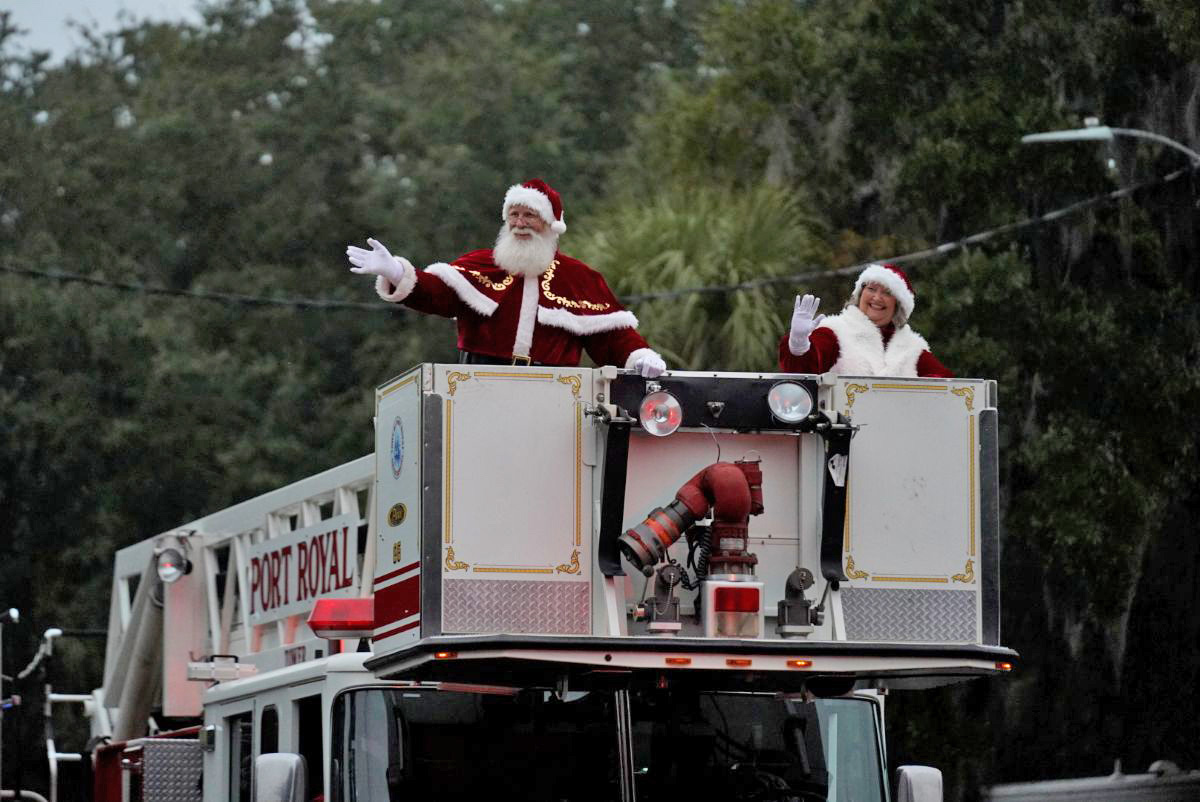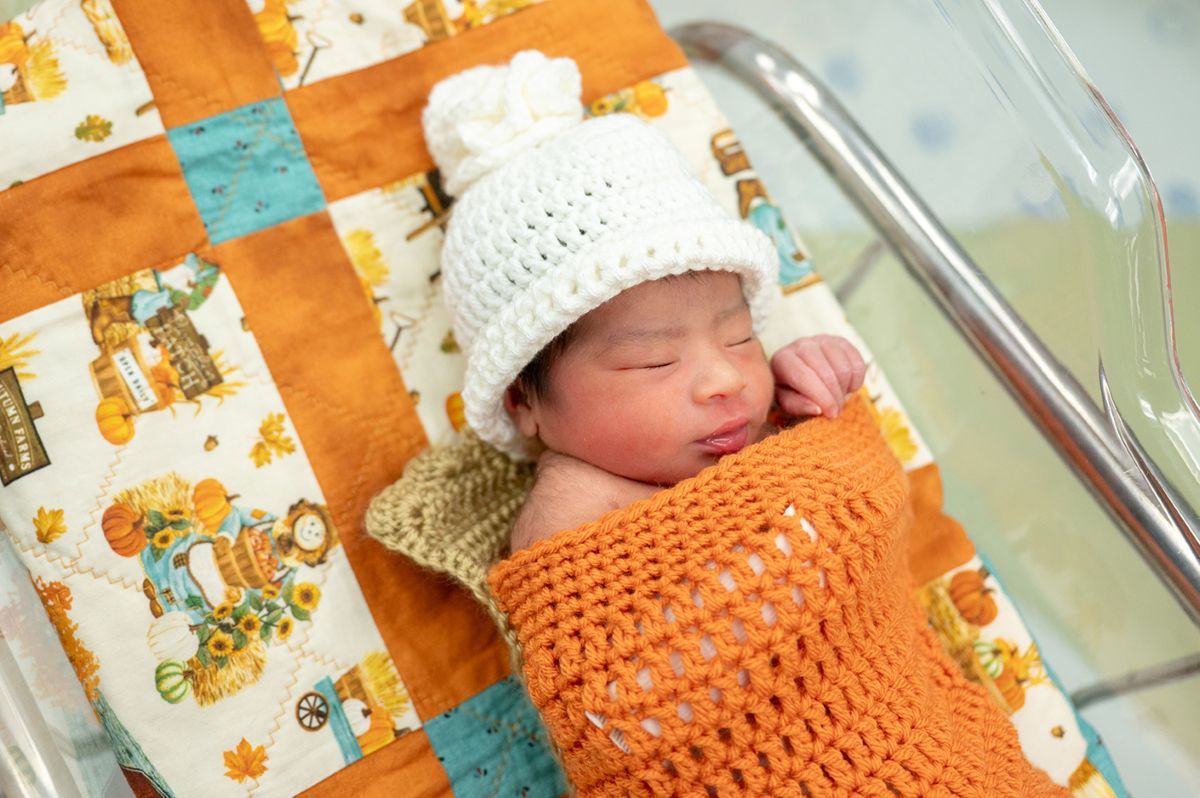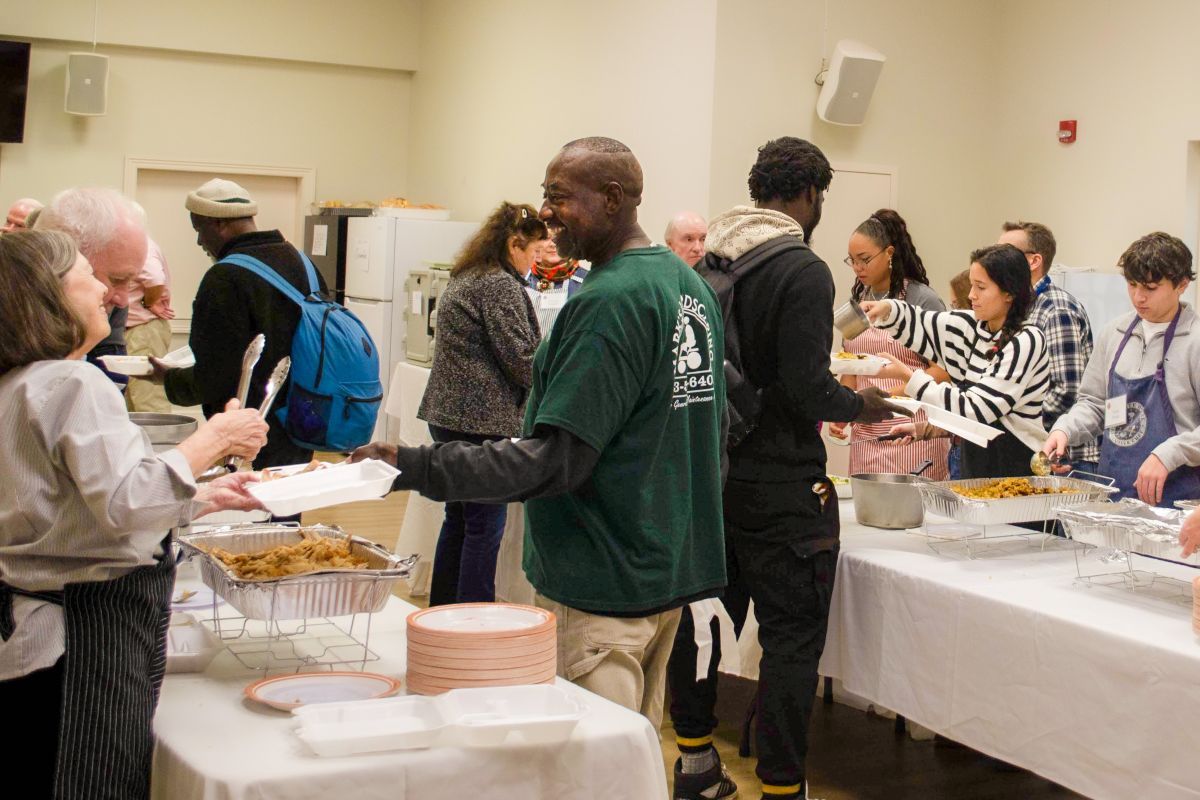Nearly 400 Beaufort County students, all top finishers at individual school science fairs across the County, competed for honors at the 2016 Sea Island Regional Science Fair.
Four projects developed by local students were recognized with Grand Awards for best-in-show status:
· Victoria Hamlin (Hilton Head Island High) – Design of a Sounding Rocket for Maximum Altitude.
· Ashley Hamlin (Hilton Head Island High) – Writing a Mathematical Model for Bubble Formation.
· Decker Paulmeier and Drew Lee (Bluffton High) – Comparative Analysis of the Effectiveness of Stealth Aircraft Methodologies.
· Maile Paulmeier (H.E. McCracken Middle) – Comparative Strength Analysis of an Artificial Monofilament Passive Fiber Skeletal Muscle vs. a Linear Actuator.
Grand Award winners at the high school level will travel to Phoenix, Az., in May for the Intel International Science and Engineering Fair, where more than $4 million in prize awards is expected to draw about 1,700 student competitors from 75 countries.
“The work, the research and the creativity that goes into developing these projects is simply amazing,” said Superintendent Jeff Moss. “The entire district should be proud of these outstanding students and their teachers.”
First, second, third and honorable mention honors were awarded in categories of botany and microbiology; chemistry and biochemistry; environmental; mathematics, engineering and computer science; physics; social and behavioral science; and zoology and medicine in both the high school and middle school divisions.
First-place winners from the Beaufort County School District were Ashton Grant and Nathaniel Gosdin (Hilton Head Island High), Real Rocketry; Bill Dengler (Hilton Head Island High), Words that Can’t Be Strangled; James Lucas (H.E. McCracken Middle), Invisible Planes; Danielle Silvan (Hilton Head Island Middle), Sight and Balance; and Jenna Dean (Beaufort Middle), Fruit Fly Frenzy.
The independent nonprofit Sea Island Regional Science Fair’s mission is to “identify, encourage and support student talent in the physical, biological, engineering and behavioral sciences.”
Each year its volunteers judge about 25 individual school fairs in addition to regional fairs for elementary, middle and high school students. Its pool of about 50 judges is composed mostly of retired engineers, scientists and doctors who volunteer their time between November and April to help support science in education through science fairs and other activities.


